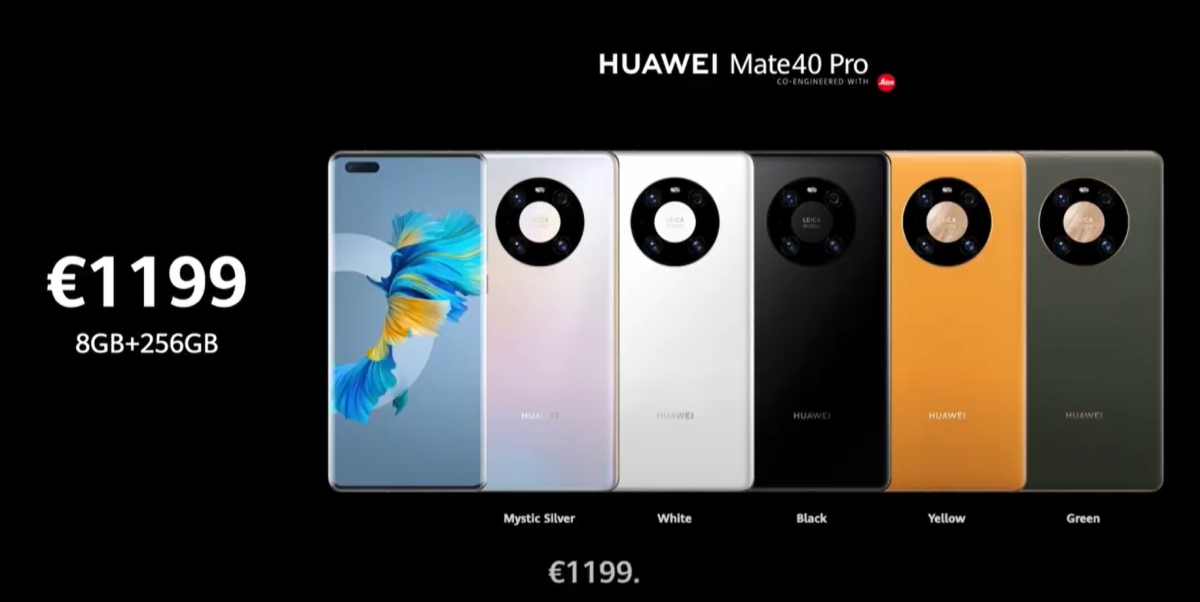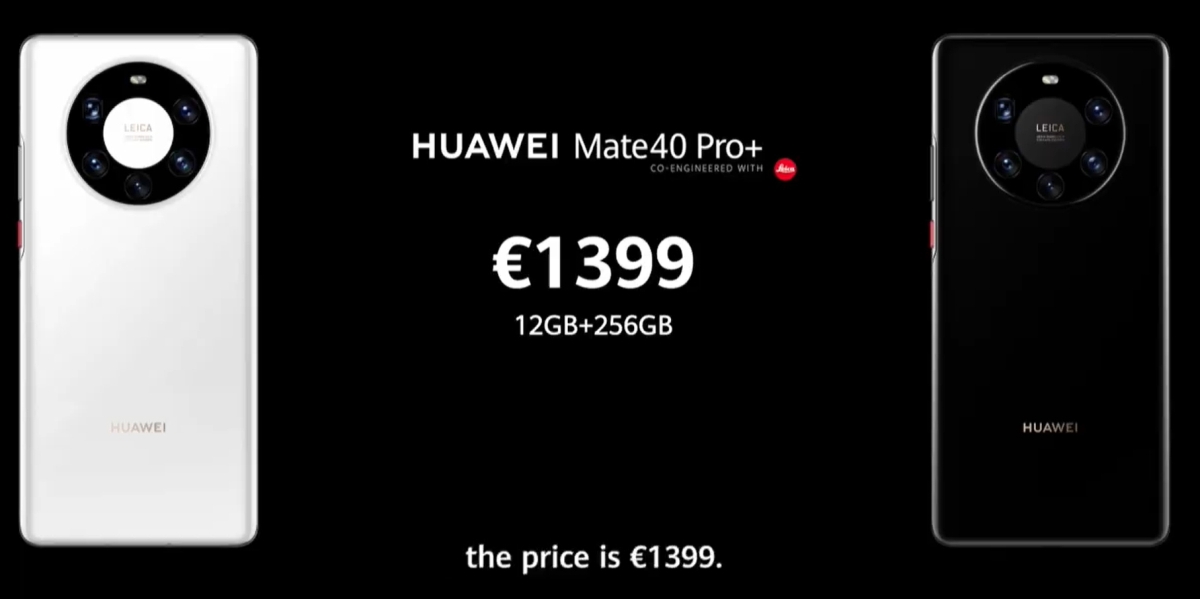The Huawei Mate 40 series has finally been launched. What was always an important part of the company’s flagship lineup may be even more important than before. Why? Well, with the way things are going for them, this could be the last Kirin-powered flagship from the Chinese tech giant.
There will be three main smartphones debuting: the Huawei Mate 40, Mate 40 Pro and Mate 40 Pro Plus. And yes, let’s get this out of the way first: neither of these smartphones come with Google Apps or services.
Huawei Mate 40 Pro & Mate 40 Pro+
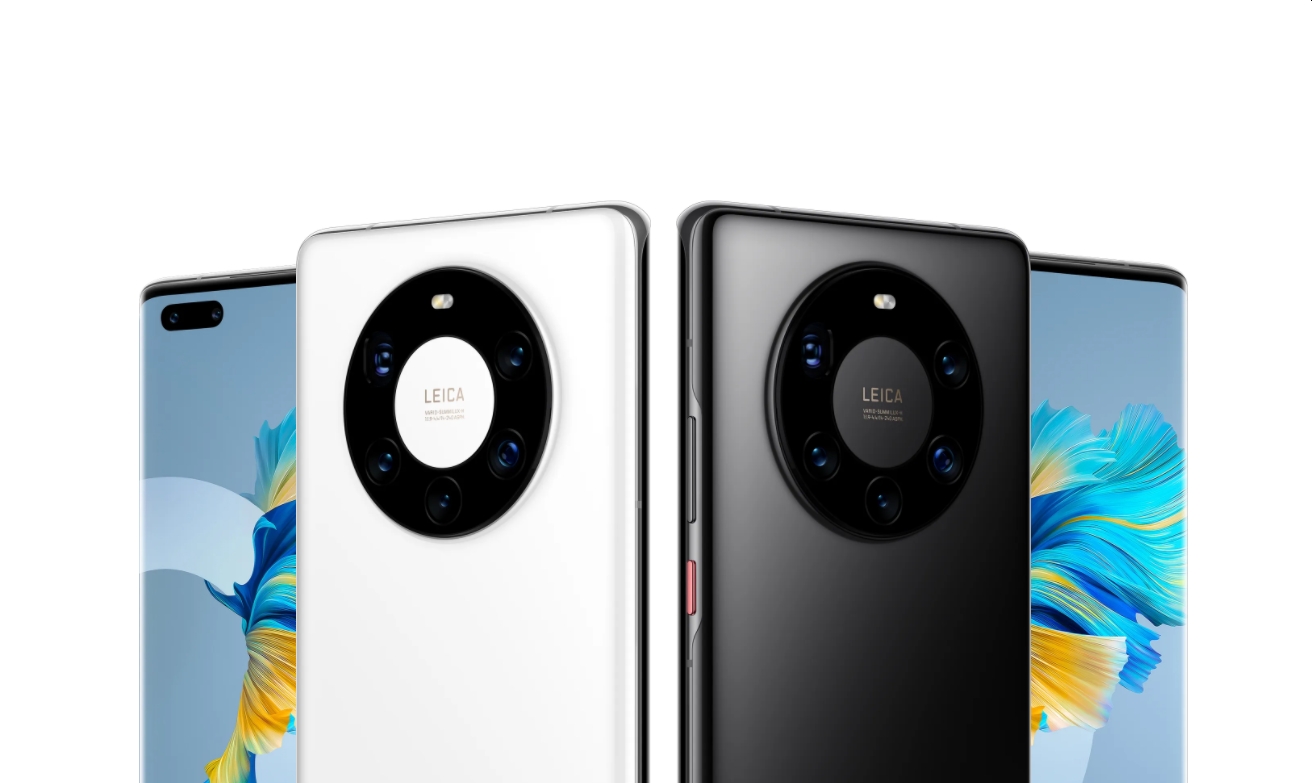
We’ll start at the top of the range with the Huawei Mate 40 Pro and Mate 40 Pro+. Both of these smartphones are actually really similar, with the biggest difference being their camera modules.
Both devices come with a 6.76″ AMOLED display up front that pushes a Full HD+ resolution of 2772×1344 pixels. This is a lot closer to a Quad HD panel, so you’re getting a really crisp viewing experience. On top of that, these devices come with a smooth 90Hz refresh rate which will give you that buttery scrolling experience.
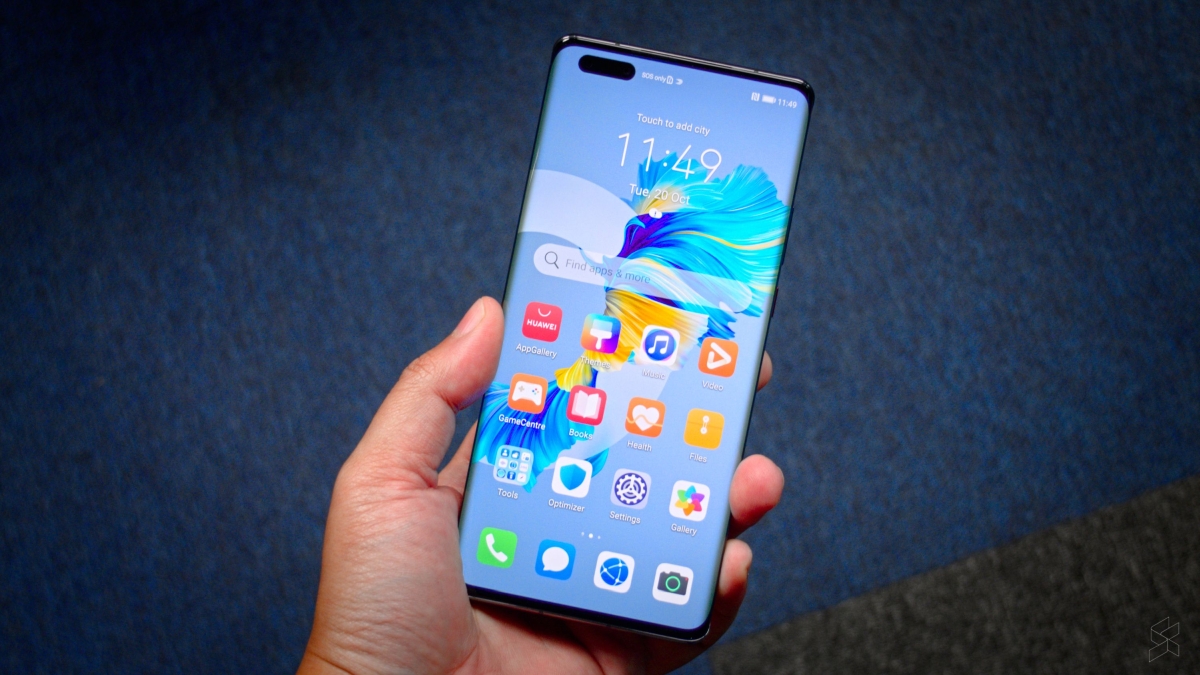
Inside, the Mate 40 Pro and Mate 40 Pro+ are powered by the Kirin 9000 5G processor. The Mate 40 Pro will come with 8GB of RAM and 256GB of internal storage. On the other hand, the Mate 40 Pro+ features 12GB of RAM and 256GB of internal storage.
Huawei claims that this smartphone will only lose 2.5% of its performance after 36 months, adding to their “born fast, stay fast” claim. Now, apparently, it’s “born faster, stay faster”, which is a bold claim.
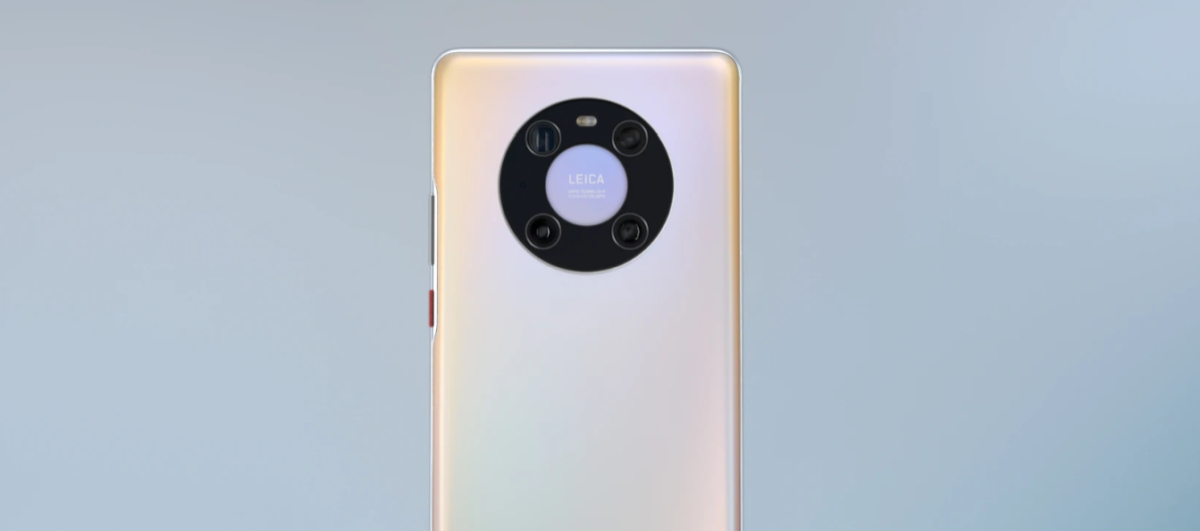
While things have been pretty much identical so far, the main difference lies in the camera. On the Mate 40 Pro, you get a triple camera system with 50MP Ultra Vision wide angle main camera, a 20MP Cine ultra-wide angle camera and a 12MP periscope telephoto camera. This allows the phone to have 5X optical zoom.
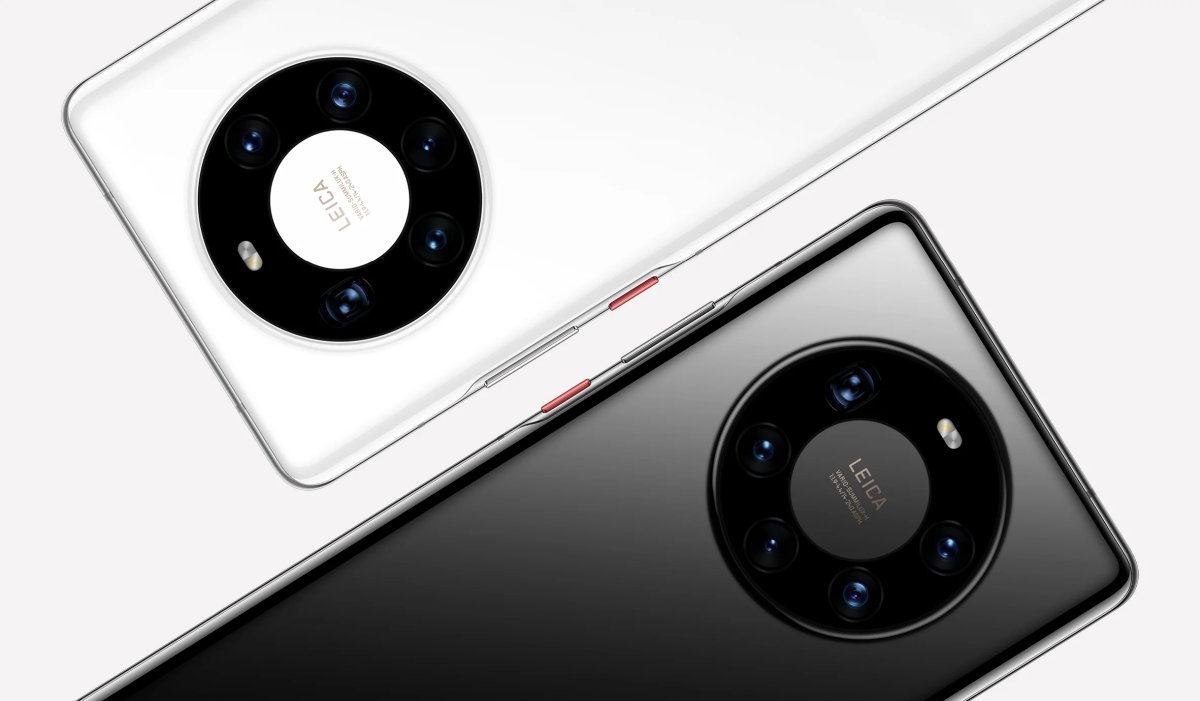
Meanwhile, the Mate 40 Pro Plus also features Penta Camera setup. This consists of a 50MP Ultra Vision wide angle main camera, a 20MP Cine ultra-wide camera, an 8MP 10x optical zoom telephoto camera as well as an 12MP 3X optical zoom telephoto camera. With this new telephoto setup, Huawei claims that you can get 17X optical zoom.
What’s more, the ultra-wide cameras come with a “free form” lens that helps reduce distortion. Huawei’s Mate 40 Pro features a new Laser Camera, while the Mate 40 Pro+ adds a 3D ToF sensor instead.
Up front, both smartphones have a dual selfie setup with a 13MP selfie shooter and a 3D Depth Sensing camera living in a punch hole at the top left of the display.
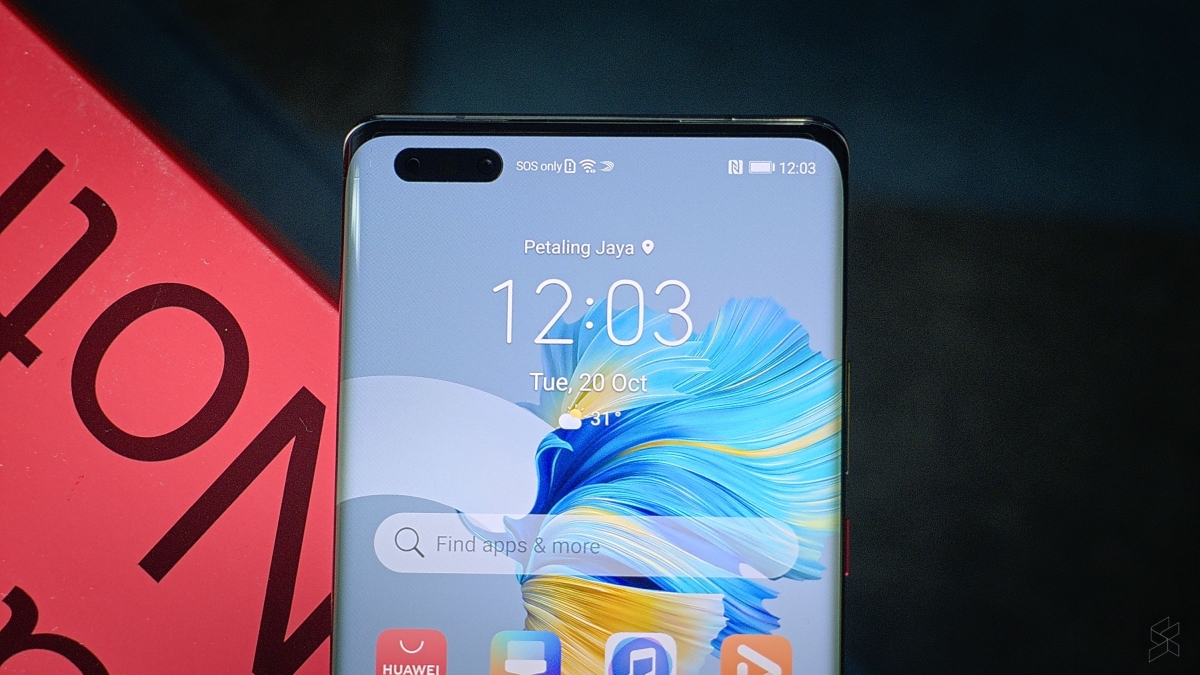
As far as design is concerned. The Mate 40 and Mate 40 Pro has a very similar design language to its predecessor thanks to the wildly curving display up front. That also means this device has a really nice premium feel to it, which is always great. However, one nice improvement that they’ve added is that they have brought back the physical volume rockers so you don’t have to deal with the virtual volume buttons if you don’t want to. It’s still there, and you can still access it on either side of the phone, but I’ve always preferred having a physical button.
Both Mate 40 Pro and Mate 40 Pro+ come with IP68 water and dust resistance. On top of that, it comes with stereo speakers (finally!). Keeping everything running is a 4,400 mAh battery with support for 66W Huawei SuperCharge fast-charging and 50W fast wireless charging.
The Mate 40 Pro is priced at EUR 1,199 (~RM5,880) in Europe while the Mate 40 Pro+ is priced at EUR 1,399 (~RM6,861). That said, there’s no information on when either device will make it into Malaysia just yet.
Huawei Mate 40
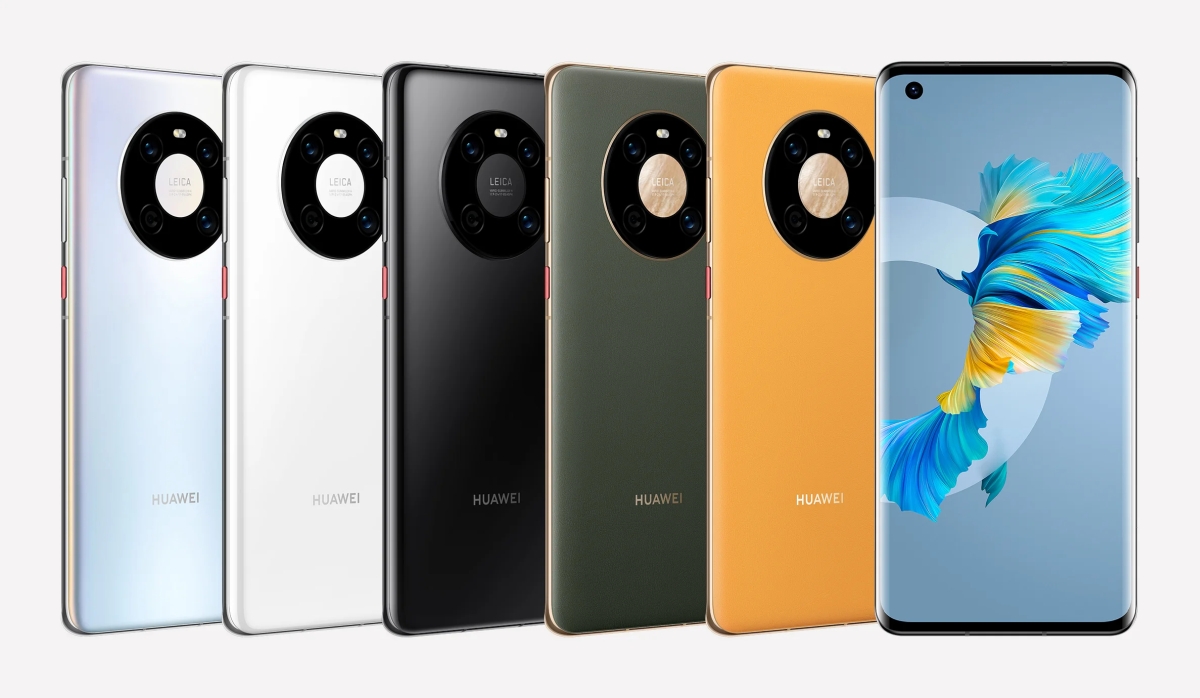
In addition to the Pro and Pro+ models, Huawei also launched the Huawei Mate 40. This is a slightly smaller and more watered down version of the Mate 40 Pro and Pro+.
Up front, you’re getting a 6.5″ display that pushes a Full HD+ resolution of 2376×1080 pixels. This display also features a 90Hz refresh rate like its Pro siblings, so it’ll still give you that buttery smooth experience.
Inside, the Huawei Mate 40 is powered by a Kirin 9000E processor mated to 8GB of RAM and 256GB of internal storage. The difference between the Kirin 9000E and Kirin 9000 processor is that the E variant has a 22-core Mali-G78 GPU instead of the 24-core Mali-G78 GPU that you’d find on the regular Kirin 9000. On top of that, the regular Kirin 9000 comes with a dual Big Core NPU while the 9000E only has one Big Core NPU.
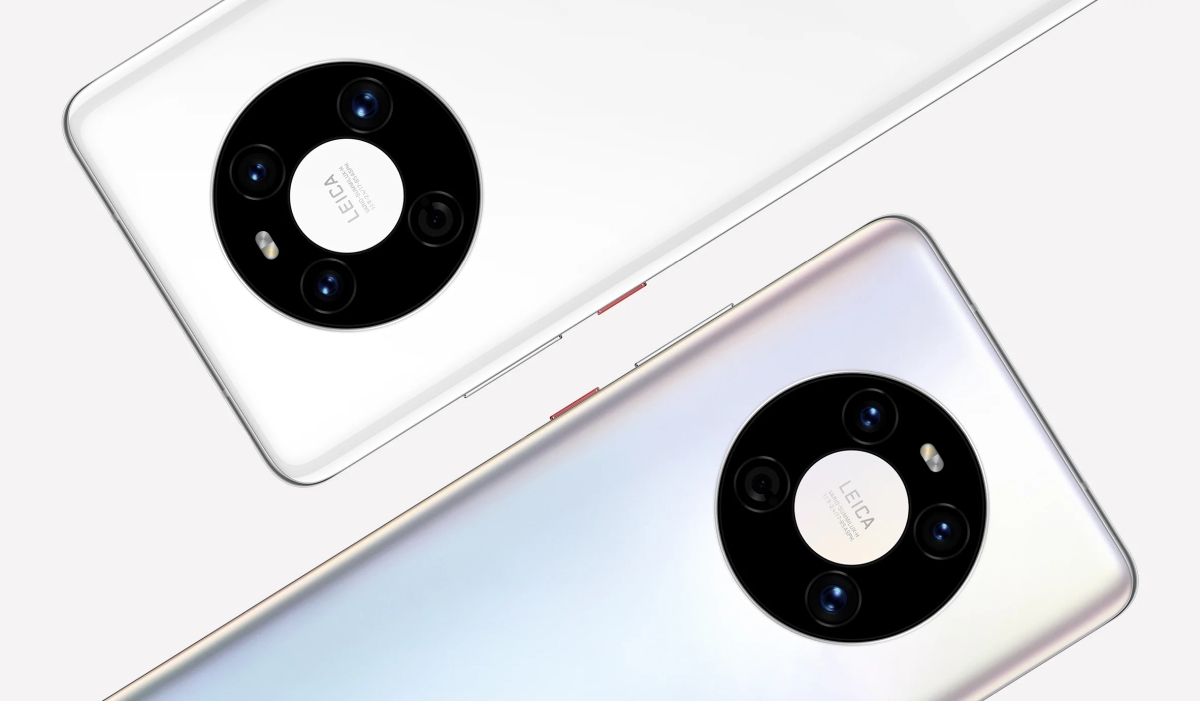
For photos, the Mate 40 gets a different triple camera setup than the Mate 40 Pro. This system is centred around the 50MP Ultra Vision wide angle camera, but now has a 16MP Cine camera with an ultra-wide lens and an 8MP telephoto camera with autofocusing.
Up front, there’s also only a single 13MP selfie shooter living in the punch hole.
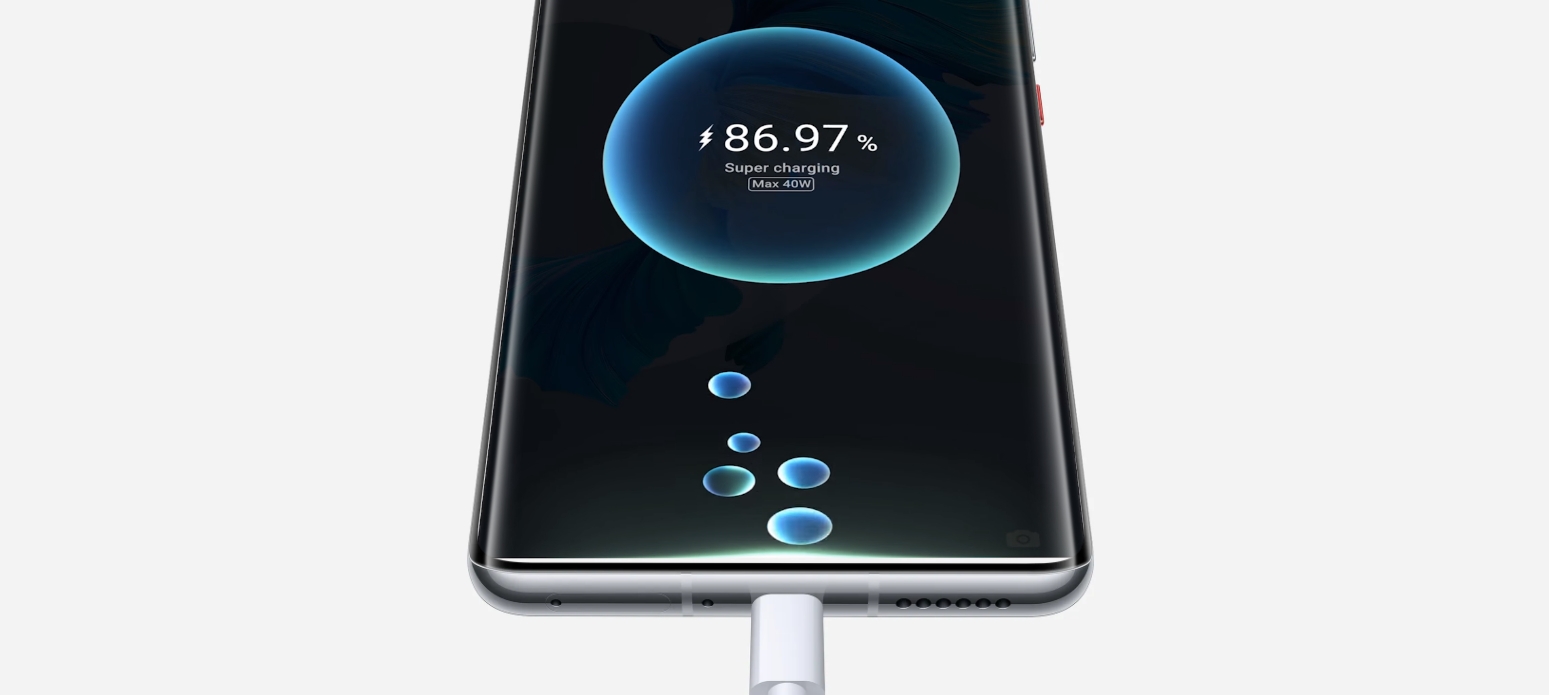
Keeping the lights on is a 4,200 mAh battery with support for Huawei SuperCharge 40W fast-charging via a USB-C cable. There is no wireless charging on the regular Mate 40, but this device does come with a 3.5mm headphone jack.
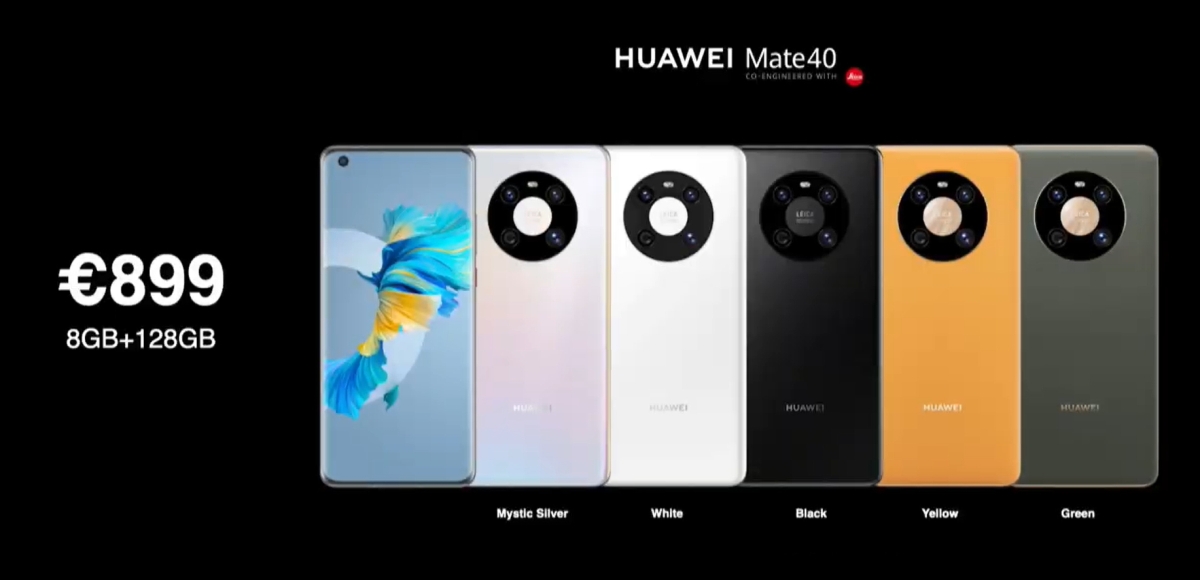
Huawei’s Mate 40 is priced at EUR 899 (~RM4,408) in Europe. Unfortunately, there’s no information on when the device will make it into Malaysia just yet.
More details on the Huawei Mate 40 series can be found here.


